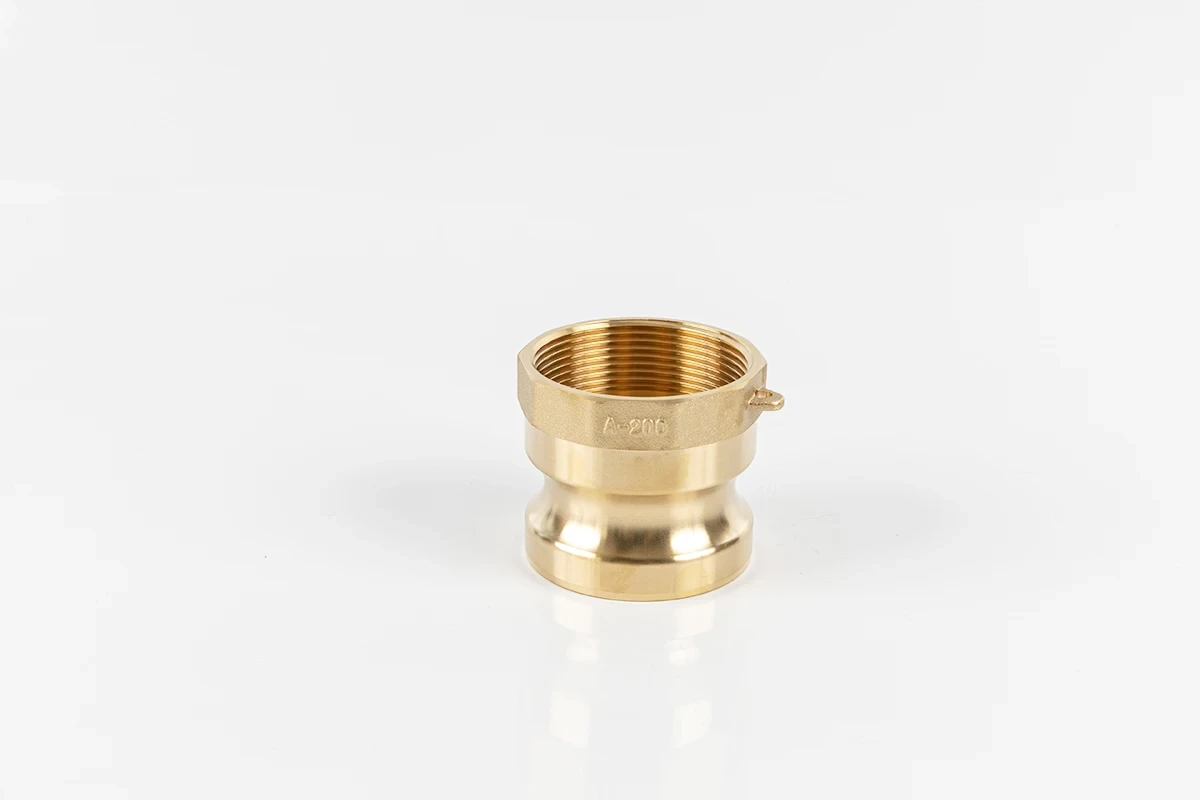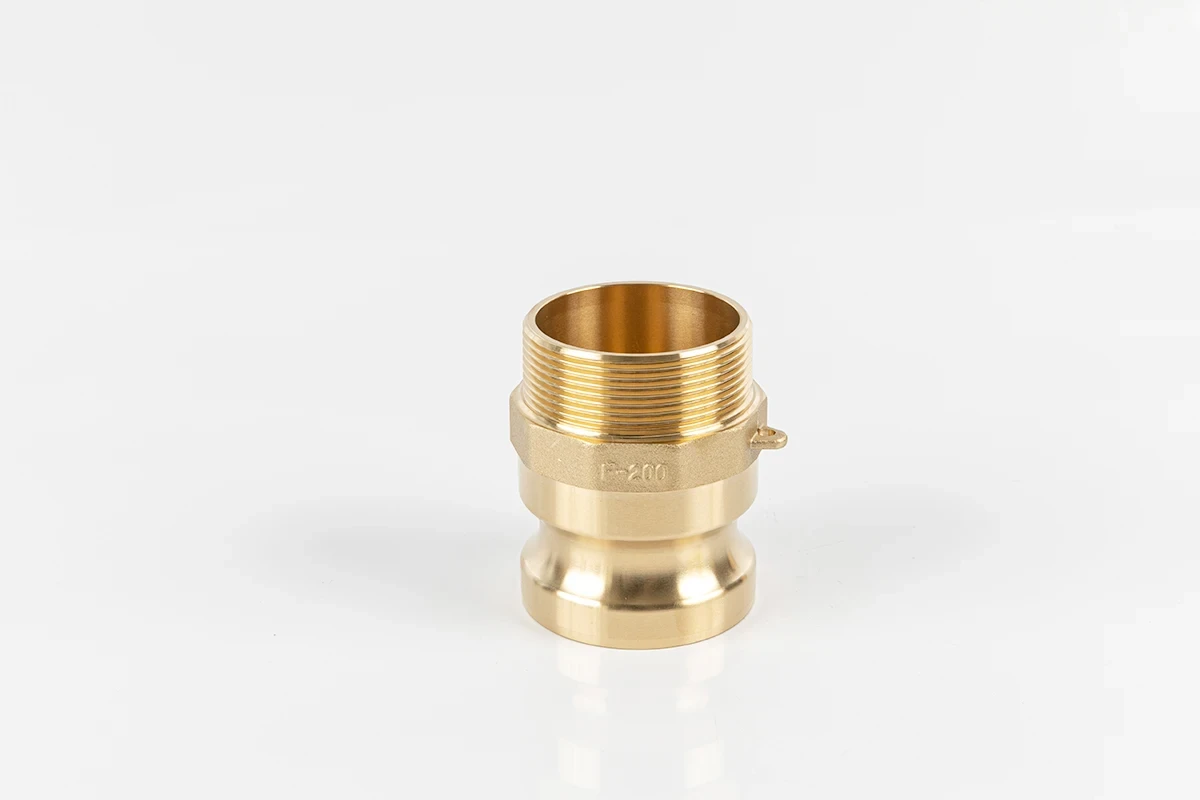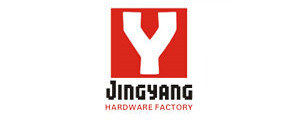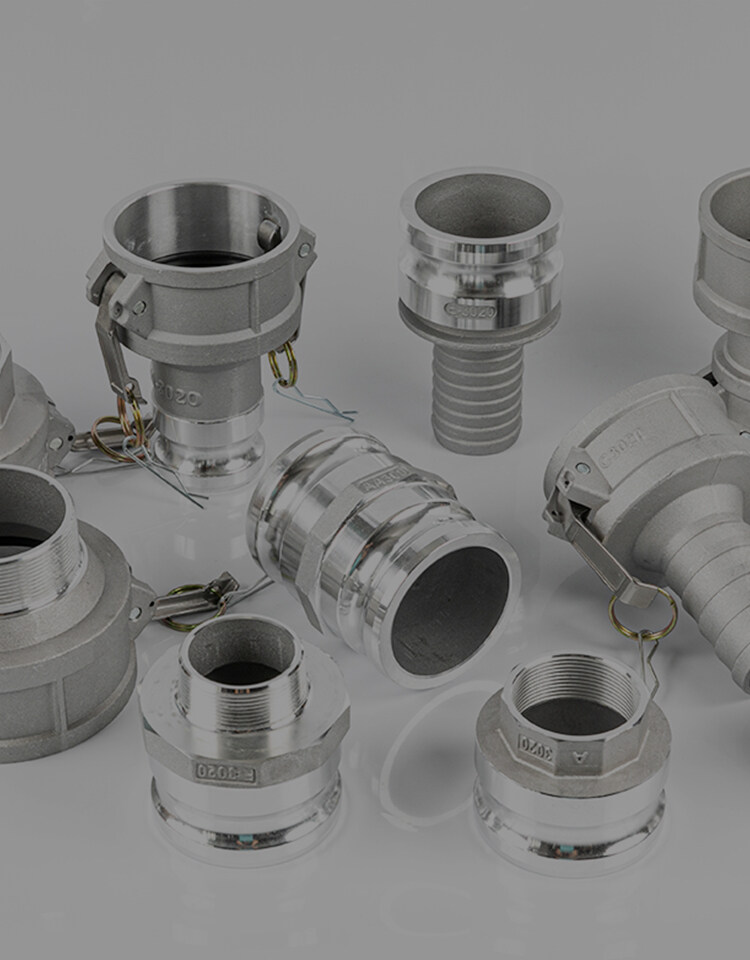Email format error
Email cannot be empty
Email already exists
6-20 characters(letters plus numbers only)
The password is inconsistent
Email format error
Email cannot be empty
Email does not exist
6-20 characters(letters plus numbers only)
The password is inconsistent

News
Here, you can describe a piece of text you want to express

Everything You Need to Know About Hose Connectors Female to Female
When it comes to building or maintaining any kind of fluid or air system, connectors play a crucial role in ensuring that everything runs smoothly. One specific type of connector that is widely used is the hose connector female to female. These connectors are indispensable in various applications, whether in industrial settings, home gardening, or even automotive uses.
In this comprehensive guide, we will delve into the world of hose connectors, focusing particularly on female to female connectors. We will explore what they are, their various applications, the materials they are made from, and why they are so crucial in many systems. We’ll also touch on the high-quality China air hose connector options available in the market. So, whether you're a DIY enthusiast or a professional, this guide is for you.
What Are Hose Connectors Female to Female?
A hose connector female to female is a type of connector with female ends on both sides. Female connectors are characterized by their receptacle design, meaning they are designed to receive a male connector or fitting. This type of connector is especially useful when you need to join two male-ended hoses or pipes together.
Why Use a Female to Female Connector?
There are several reasons why you might need a hose connector female to female:
Connecting Two Male Hoses: This is the most common use, allowing you to extend the length of a hose or pipe by connecting two male-ended hoses together.
Versatility: Female to female connectors offer flexibility in a wide range of systems, from gardening and irrigation to automotive and industrial applications.
Ease of Use: These connectors are generally easy to install and remove, making them ideal for both temporary and permanent connections.
Durability: High-quality female to female connectors are typically made from durable materials that can withstand various environmental conditions, ensuring a long lifespan.
Common Applications of Hose Connectors Female to Female
Gardening and Irrigation
In gardening, a hose connector female to female is often used to connect garden hoses or to attach different types of watering equipment. For instance, you may need to connect a sprinkler with a hose or extend the reach of your hose to cover a larger area of your garden. These connectors ensure a secure and leak-free connection, which is crucial for maintaining water pressure and ensuring efficient watering.
Automotive Systems
In automotive applications, these connectors are used in fluid and air systems, such as connecting fuel lines, coolant lines, or air hoses. The hose connector female to female plays a vital role in ensuring that the connections are secure and that there are no leaks, which could lead to performance issues or even damage to the vehicle.
Industrial Applications
In industrial settings, female to female connectors are used in a variety of systems, including pneumatic systems, hydraulic systems, and chemical processing plants. These connectors are essential for creating secure and reliable connections between different components of the system, ensuring the smooth operation of machinery and equipment.
Home Use
Even in home plumbing or DIY projects, a hose connector female to female can be an invaluable tool. Whether you're fixing a leak, connecting appliances, or setting up a new water system, these connectors can help you achieve a secure and reliable connection without the need for complex tools or expertise.
Materials Used in Hose Connectors Female to Female
The material of a hose connector female to female is a critical factor in determining its durability, compatibility, and overall performance. The most common materials include:
Brass
Brass is a popular choice for hose connectors due to its excellent corrosion resistance, durability, and ability to withstand high temperatures. It is often used in applications where the connector will be exposed to harsh environmental conditions or where a long-lasting, reliable connection is required.
Stainless Steel
Stainless steel connectors are known for their strength and resistance to corrosion. They are ideal for applications that involve exposure to water, chemicals, or other corrosive substances. Stainless steel is also suitable for high-pressure applications, making it a popular choice in industrial settings.
Plastic
Plastic connectors are lightweight and resistant to corrosion, making them ideal for low-pressure applications, such as gardening or home use. They are also generally more affordable than metal connectors, although they may not be as durable in the long term.
Aluminum
Aluminum connectors offer a balance between strength and weight. They are resistant to corrosion and are often used in automotive and aerospace applications where weight is a critical factor.
How to Choose the Right Hose Connector Female to Female
When selecting a hose connector female to female, there are several factors to consider to ensure that you choose the right connector for your needs.
Compatibility
Ensure that the connector is compatible with the hoses or pipes you intend to connect. Check the size, thread type, and material to avoid any compatibility issues.
Durability
Consider the material of the connector and its ability to withstand the environmental conditions it will be exposed to. For example, if the connector will be used in a harsh environment, a brass or stainless steel connector may be the best choice.
Pressure Rating
Check the pressure rating of the connector to ensure that it can handle the pressure of the system it will be used in. Using a connector with a lower pressure rating than required can lead to leaks or even failure of the connection.
Ease of Installation
Consider how easy it is to install and remove the connector. Some connectors are designed for quick and easy installation, while others may require tools or expertise.
Installation Tips for Hose Connectors Female to Female
Proper installation of a hose connector female to female is crucial for ensuring a secure and leak-free connection. Here are some tips to help you get it right:
1. Clean the Hose Ends
Before connecting the hoses, make sure the ends are clean and free from debris. This will help ensure a secure connection and prevent leaks.
2. Use Teflon Tape
Applying Teflon tape to the threads of the male hose ends can help create a better seal and prevent leaks. Wrap the tape around the threads a few times before attaching the connector.
3. Hand-Tighten First
Start by hand-tightening the connector onto the hose ends. This will help ensure that the threads are aligned properly and that the connector is seated securely.
4. Use a Wrench for Final Tightening
After hand-tightening, use a wrench to give the connector an additional turn to ensure a secure connection. Be careful not to overtighten, as this can damage the threads or the connector itself.
5. Test for Leaks
Once the connector is installed, test the connection for leaks by turning on the water or air supply. If you notice any leaks, try tightening the connector further or applying more Teflon tape to the threads.
Maintaining Your Hose Connectors Female to Female
Proper maintenance of your hose connector female to female is essential for ensuring its longevity and performance. Here are some maintenance tips:
Regular Inspections
Inspect the connectors regularly for signs of wear or damage. Look for cracks, corrosion, or any other signs that the connector may need to be replaced.
Clean the Connectors
If the connectors are used in dirty or corrosive environments, clean them regularly to remove any buildup of dirt, grime, or corrosive substances. This will help prevent damage and ensure a secure connection.
Replace Damaged Connectors
If you notice any signs of damage, such as cracks or corrosion, replace the connector immediately. Using a damaged connector can lead to leaks or even failure of the connection.
Store Properly
When not in use, store the connectors in a dry, cool place to prevent damage from environmental factors such as moisture or extreme temperatures.
Conclusion
A hose connector female to female is a versatile and essential component in many systems, from gardening and irrigation to automotive and industrial applications. By understanding the different types of connectors, their materials, and how to properly install and maintain them, you can ensure that your systems run smoothly and efficiently.
Whether you're looking for a durable brass connector for your garden hose or a high-strength stainless steel connector for an industrial application, there are plenty of options available to suit your needs. And with the availability of high-quality China air hose connector options, you can find reliable connectors at competitive prices.
Remember, the key to a successful connection is choosing the right connector for your application and ensuring that it is properly installed and maintained. By following the tips and advice in this guide, you can make sure that your hose connector female to female serves you well for years to come.

